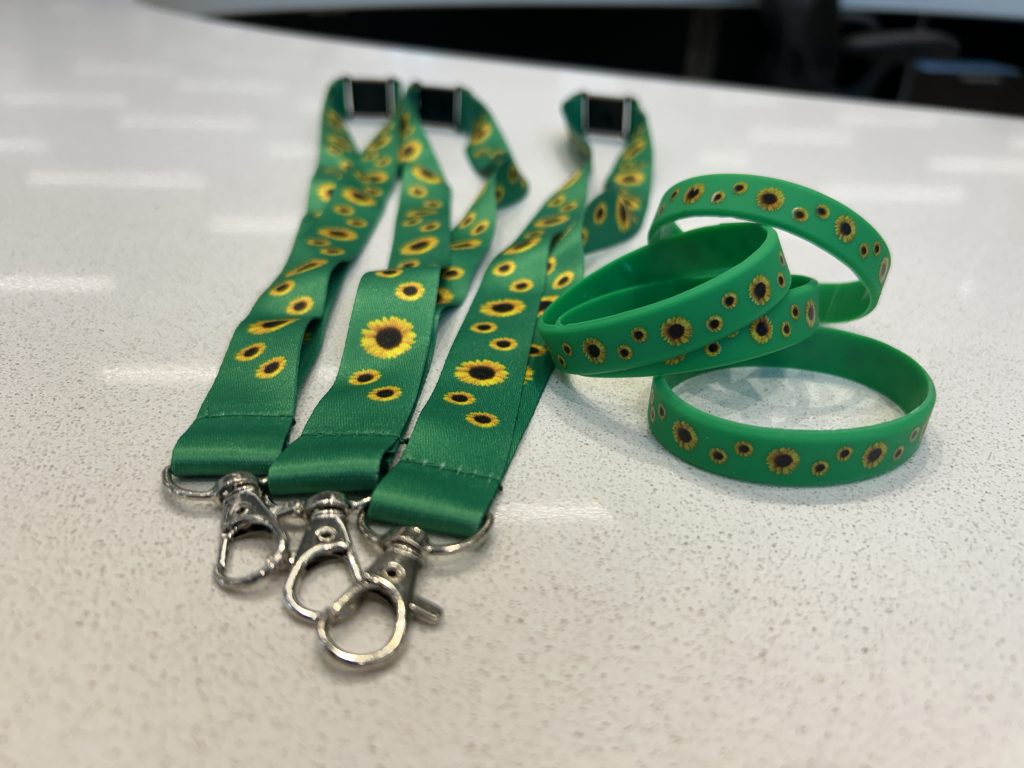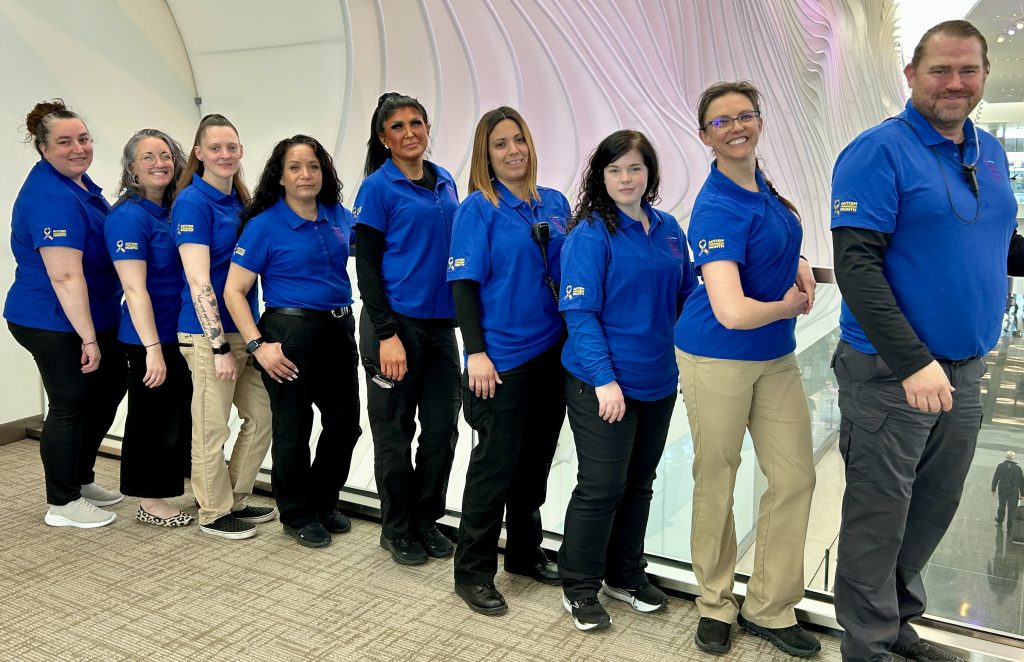Accessibility at SLC | Supporting Passengers with Sensory Needs

Airports can be challenging places to navigate for people who have sensory needs. One in four people have a sensory need or invisible disability, which could include an autistic person, a senior citizen experiencing dementia or a veteran diagnosed with Post Traumatic Stress Disorder (PTSD).
“We want to address specific issues and provide the support that our passengers need,” remarked Mark Cheminant, ADA coordinator for Salt Lake City International Airport (SLC). Cheminant ensures that SLC is following the FAA guidelines for accessibility. But his goal is for SLC to go above and beyond in aiding passengers with disabilities as they navigate SLC.
“We can and will accommodate almost any need,” continued Cheminant. “SLC wants to aid people in knowing how they can travel and that it might not be as scary as they think.”
During Autism Awareness Month, SLC is highlighting the various resources available to travelers with sensory needs.
Support for Hidden Disabilities
Since 2019, SLC has participated in the Hidden Disabilities Sunflower program, an international program to help travelers with disabilities or additional needs receive assistance to navigate the airport.
Oftentimes passengers with disabilities use or have something that visibly indicates what the disability is—such as a wheelchair, guide dog or hearing aid. But many disabilities, like Autism, mental health conditions or learning difficulties, are not always obvious. Upon request, SLC provides passengers with a sunflower lanyard, bracelet or pin, which offers passengers a subtle way to let others know that they may need additional support or assistance. All SLC badge holders—which include TSA staff, wheelchair pushers and other security and customer service personnel—are trained in this program.
Passengers who would like a sunflower lanyard, bracelet or pin can pick one up at the information desk on level 2 of the terminal, pre-security. To learn more about the Hidden Disabilities Sunflower program, passengers are encouraged to visit their website.
Sensory Rooms and More
In March 2025, SLC opened the first of three sensory rooms. Designed by KultureCity and their medical professionals, the sensory room provides a quiet space for all passengers with sensory needs. The room—located in Concourse A-west—is equipped with bean bags, visual light panels, activity panels, air walls and ADA seating. Two more sensory rooms will open in Concourse B during the next year.
In addition to sensory rooms, the SLC airport also provides frontline staff training on how to respond to passengers with sensory needs. Airport police and fire personnel, terminal operations employees and airport volunteers have all received training on how to respond to individuals with sensory needs.

SLC will soon provide sensory bags upon request. Sensory bags include earmuffs, fidget toys, nonverbal communication cards, glare reducing glasses and a weighted lap pad. These bags can be requested post-security by calling the control center at 801-575-2401.
Planning Ahead and Expecting the Unexpected
SLC is the first airport in the United States to provide an adult guide for neurodivergent passengers. This guide, along with many other resources, is another tool to assist travelers with sensory needs. Passengers can also request a one-on-one or group tour prior to travel to help familiarize themselves with the airport.
“Giving accessibility tours is one of the favorite parts of my job,” remarked Cheminant. “SLC wants people of all abilities to know how to navigate the airport. ”
Cheminant recommends that passengers with disabilities plan ahead, making sure they know what options are available to them and even having a back-up plan in case something unexpected happens. The document “Expecting the Unexpected,” is a helpful resource for passengers, which can be found on SLC’s website.
Cheminant’s message to passengers is: Advocate for yourself, let us know what we can do for you and we will make sure you get what you need.
To learn more about all of SLC’s accessibility resources, visit the SLC Accessibility website.

